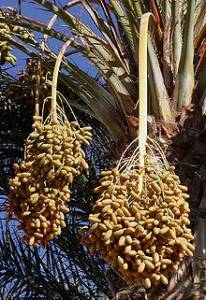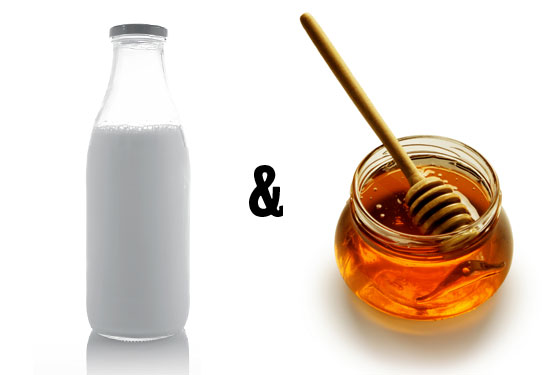
By Rabbi Ari Enkin, rabbinic director, United with Israel
The Holy Land is often referred to as a land flowing with milk and honey. What does this mean? Is the expression literal or symbolic?
In over a dozen places (Ex. Exodus 3:8,17; 13:5; 33:3), Israel, the Promised Land, is referred to as a “Land Flowing with Milk and Honey” (Eretz Zavat Chalav u’Devash). Have you ever wondered what this expression truly means? (Don’t worry! Even some of our greatest sages have wondered!) There are actually a number of interpretations. Here we go:
“A Land Flowing with Milk and Honey” is a metaphor that represents a fertile and abundant land.
According to the Talmud, the “honey” in the expression “flowing with milk and honey” refers to honey that flows from dates and figs, not bee honey. So, too, the “milk” refers to milk that flows from goats. This is significant because in biblical times, goats were a reflection of a person’s wealth.
Commentators note that word “flowing” also connotes abundance and wealth.
The Midrash explains that “milk” symbolizes “superior quality,” “richness of taste” and “nourishment.” Honey represents sweetness. This teaches us that life in Israel is both nourishing and pleasant.
According to the approach that “honey” does indeed refer to bee honey, it is noted that honey and milk share a paradoxical quality. Honey is kosher even though it is produced (or at least stored) by a non-kosher insect. Milk is kosher even though it comes from a living animal, although as a general rule, it is forbidden to eat anything from a living animal (a prohibition knows as eiver min hachai). So, too, milk comes from an animal whose meat may not be eaten together with its milk.
It is worth noting that honey also appears in the list of the “Seven Species” for which the Land of Israel is praised: “A land of wheat, barley, grapes, figs, pomegranates, a land of olive oil and honey” (Deuteronomy 8:8).

Date palm (wikipedia)
There is also a view that “honey” refers to honeycombs melting in the hot Mediterranean sun.
There is a view that “milk” refers to white wine.
Milk is also used to refer to cream, which is the richest portion of milk. Honey was the primary sweetener in ancient times, and therefore represented sweetness, pleasure and enjoyment.
Did you know that despite the heat, humidity and limited resources, Israeli cows produce more milk per year than cows in the United States, European Union and Australia?
Talmudic Teachings on “A Land Flowing With Milk and Honey”
Once when Rami bar Ezekiel visited Bnei Brak, he saw goats grazing under fig trees while honey was flowing from the figs. Milk dripped from the goats, mingling with the fig honey, causing him to remark that it was indeed a land flowing with milk and honey!
Rabbi Jacob ben Dostai said that he once waded up to his ankle in fig honey while walking from Lod to Ono (about 3 miles).
Reish Lakish said that he saw a flow of the milk and honey in the area of Sepphoris extending over an area of 16 by 16 miles.
Rabbah bar Hana said that he saw the flow of the milk and honey in all of the Land of Israel, and the total area was equal to an area of “22 by six parasangs” (a tremendous distance!).
It is worth making mention of some of the Jewish customs involving milk and honey: apples and challah bread are dipped in honey on Rosh Hashana. Milk and honey are also eaten on the holiday of Shavuot, the day we celebrate the receiving of the Torah, because the Torah is also compared to milk and honey. There is also an ancient custom to give children honey as they learn the Hebrew alphabet so that they should always associate learning about Judaism with sweetness.
